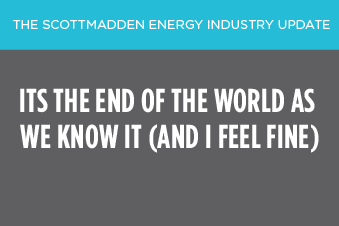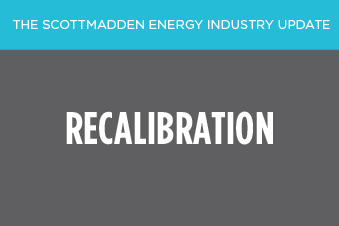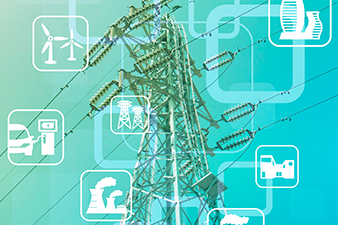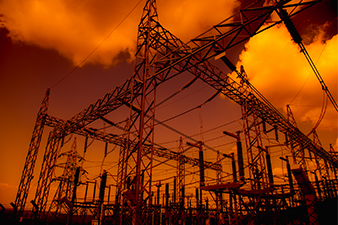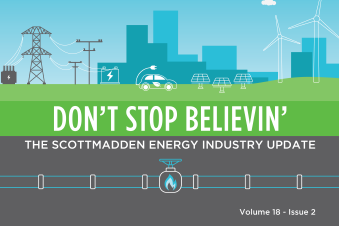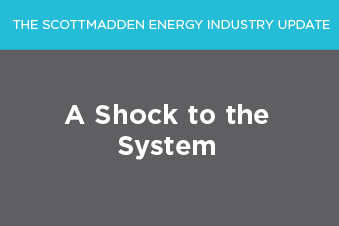
Considerations for Joining CAISO’s Energy Imbalance Market
In this presentation, we will look at the operational considerations for joining the Energy Imbalance Market (EIM) across the following categories: marketing and trading, transmission operations, generation, governance, and long-term planning.
There are other considerations for joining EIM, such as meter data management and settlements, but this presentation is focused on the coordination of these activities.
CAISO’s EIM Is Growing Rapidly
CAISO established the western EIM, a real-time wholesale energy trading market, in 2014 with PacifiCorp. Since its inception, new members have been added at a pace of one to two per year with the following additional entrants planned currently through 2020:
- 2017 – Portland General Electric
- 2018 – Powerex
- 2018 – Idaho Power
- 2019 – Los Angeles Department of Water and Power
- 2019 – Balancing Authority of Northern California/Sacramento Municipal Utility District
- 2020 – Salt River Project
The current participants (PacifiCorp, Puget Sound Energy, NV Energy, CAISO, and Arizona Public Service) have realized $70.6 million in benefits through the first half of 2017.2
The benefits of EIM participation include customer savings as well as the following:
- Increased reliability
- Increased renewable resource integration
The increased growth in CAISO’s EIM market participants will yield more benefits to each participating company and plant.
Considerations for Joining EIM – Marketing and Trading
As discussed, joining EIM has many benefits. As a vertically integrated utility, what do we have to do to realize these benefits? The following considerations can help start the conversation:
- EIM day-ahead and real-time operations must be integrated into your overall merchant function
- How does EIM impact our hedging and balance of month trading strategies?
- How do we ensure that the trading activities are optimal for observed trends in the day-ahead and real-time markets?
- Communication between Marketing and Trading, Transmission Operations, and Generation (duty officers, etc.)
- Who makes the call when a significant operating event occurs (loss of transmission, forced outage, abnormal weather events) and to whom?
- How will we navigate standards-of-conduct issues while having these communications (Marketing and Trading side)?
- How do we analyze EIM market data in order to correctly evaluate performance for our organization?
- How do we manage the handoff within the operating hour at T-55 between the Marketing and Trading and Transmission Operations functions?
Considerations for Joining EIM – Transmission Operations
Transmission Operations will be impacted due to the focus that will be put on assigning available transmission capacity to EIM operations. Some additional considerations are as follows:
- How do we navigate the standards of conduct between the merchant and transmission functions for EIM operations (Transmission side)? Do we all thoroughly understand what can and cannot be shared for the performance of EIM operations?
- What transmission planning projects will impact our transmission capabilities?
- Are these reflected in the full-network model (submitted to CAISO)?
- How will we ensure deviations are identified quickly and incorporated into our market models?
- Are there any EIM implications that would cause us to reconsider the forthcoming transmission capital projects/ improvements?
- Who makes the call, when does he or she make the call, and who receives the call?
- A forced outage or derate occurs?
- A transformer blows, or a substation has a significant fault?
- Weather changes significantly from predicted?
- Who sets the standards of when a call is required or when we trust our systems?
Considerations for Joining EIM – Generation
A vertically integrated utility accustomed to operating its balancing authority area with a significant degree of autonomy will have to make adjustments in how it brings generation online once participating in EIM
- Generation data needs to be accurate, answering questions like:
- What are our ramp rates in practice?
- How does weather influence them?
- How is our dispatch impacted by market prices?
- What planned outages/derates do we have upcoming?
- How flexible are we in our dispatch? What conditions would cause us to adjust our load stack (fuel prices, emission standards, etc.)?
- What are our ramp rates in practice?
- How do we represent renewable generation? Are our models sufficient?
- How do we ensure that plant managers/duty officers know who to call to ensure adjustments can be made for Transmission Operations and Marketing and Trading considerations in real time?
Considerations for Joining EIM – Governance
Once your company joins the EIM, long-term governance is a critical issue. There are many items to consider pre- and post-EIM participation:
- How will we govern EIM Operations post-go-live?
- How will issues be identified and escalated?
- Who will be the ultimate decision maker to resolve cross-functional issues?
- How will we report and measure performance for EIM operations as a whole?
- For Marketing and Trading?
- For Transmission Operations?
- For Generation?
- How will we interact with the EIM user groups post-go-live?
- How will we take informed positions on proposed EIM enhancements?
- Additional organizations that must be considered:
- Finance & Accounting (settlements)
- Risk Management
- Compliance
- Resource Acquisition
- Asset Management
Considerations for Joining EIM – Long-Term Planning
The EIM is an energy-only market, which means that each participating balancing authority area is still required to make unit commitments, maintain reserve requirements, etc. Therefore, many aspects of a vertically integrated utility’s plans will not change, but there are some important questions that should be factored into your planning processes such as:
- Asset Management (generation considerations)
- Which units will we want to participate in the EIM? Which units will we not?
- How will we meet our renewable goals/requirements?
- Asset Management (transmission considerations)
- How well is our transmission set up to take advantage of EIM with the current players?
- How well are we set up to take advantage of future players?
- What transmission is coming into service in the next five years?
- Should we consider additional interties or reducing existing agreements that influence available transfer capacity (e.g., PPAs)?
- Integrated Resource Planning
- How will EIM participation impact our integrated resource planning?
- How will EIM participation impact our generation and transmission investment choices?
